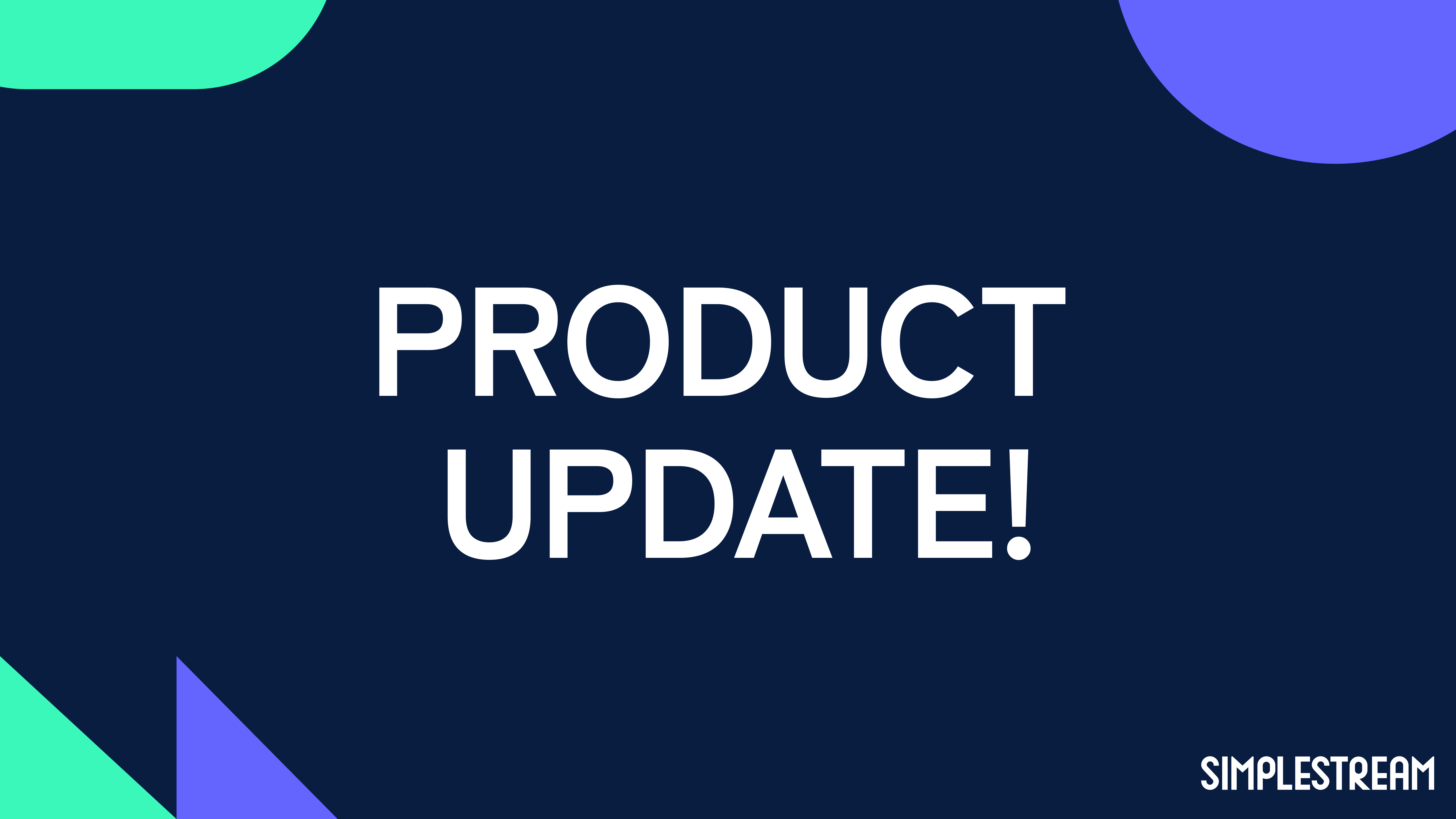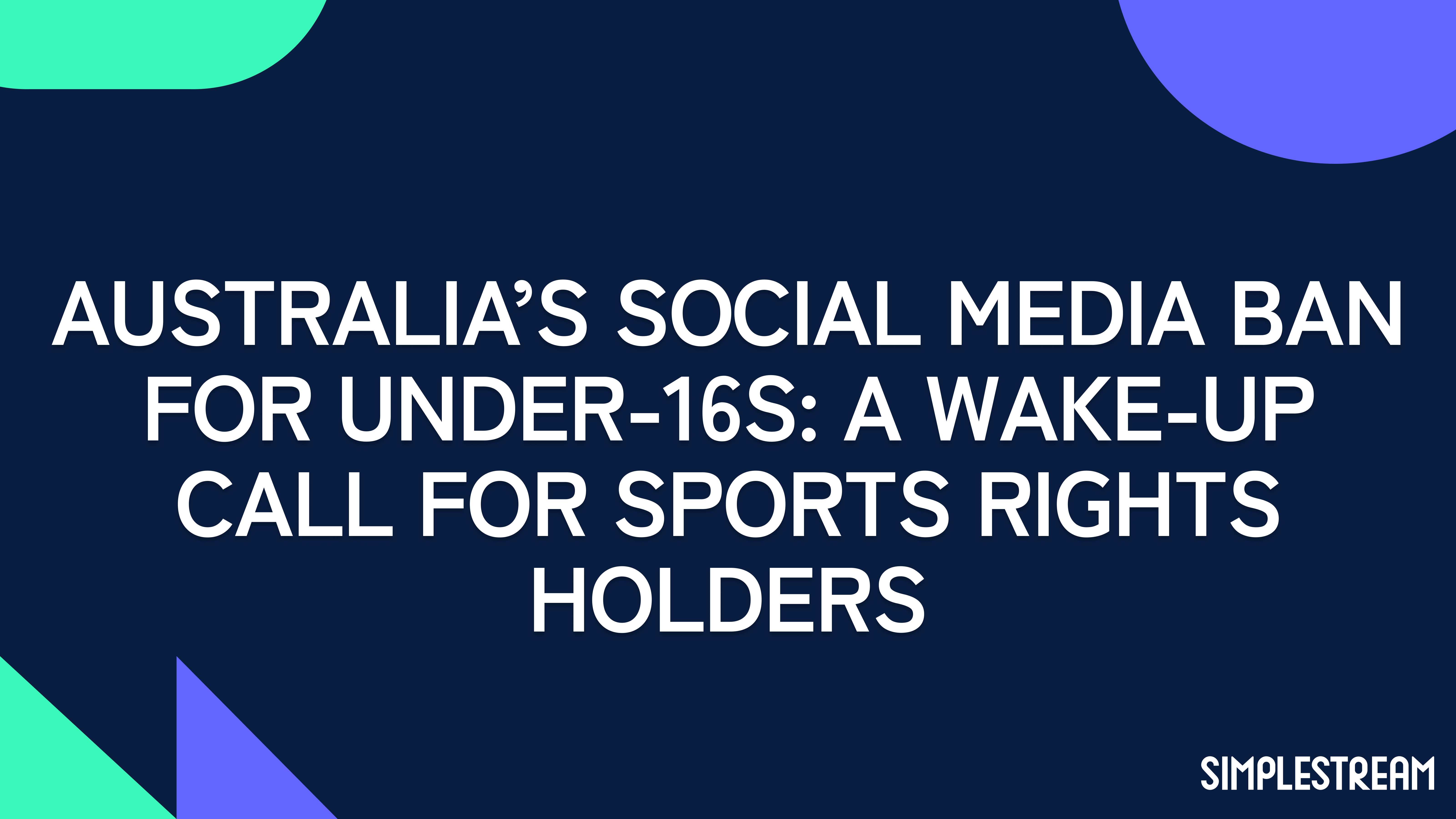Education VOD and new verticals: video streaming apps for the healthcare sector
How VOD content can revolutionise learning experiences in the healthcare sector, and beyond. Read on.
In the United Kingdom, the journey to becoming a surgeon spans approximately 14 years. During this rigorous process, students are immersed in a myriad of medical procedures, hands-on learning experiences, and often intensive on-site training, all aimed at honing their specialised skills within their chosen domain. However, with occupations in the medical field predicted to grow by 16% by 2030 the demand for skilled educators is poised to reach unprecedented heights.
Throw in the need for professionals to familiarise themselves with ever-evolving technological breakthroughs, whilst juggling busy schedules it becomes clear that placing undue reliance on conventional educational methods might prove inadequate in effectively ushering in the new generation of proficient doctors, dentists, and beyond.
In this article, we explore why and how video-on-demand (VOD) services are expected to become be the perfect antidote to tackle the surging educational demands among healthcare professionals, both pre- and post-qualification.
📲 🌍 Access medical tutorials, anytime, anywhere
Healthcare professionals often rely on platforms like YouTube to revisit medical techniques and procedures. However, quality control has been a concern. To address this, content should undergo vetting by authoritative bodies, like the NHS in the UK, to ensure reliability.
Educational video content has thrived, with 50% of YouTube viewers using the platform to acquire new skills and knowledge on a variety of fields. The demand for VOD apps dedicated to educational content is exemplified by hobbies and crafts-focused services such as TN Marketing’s Craftsy, a VOD service powered by Simplestream tapping into large audiences of DIY enthusiasts. This highlights the substantial interest in VOD applications for learning, not limited to healthcare.
💡📚 Video facilitates learning
Apart from practical learning sessions, research has consistently shown that video is a more effective tool for teaching skills. Its visual and auditory elements engage and explain complex concepts, making it invaluable across various medical fields.
With this in mind, creating and leveraging video content becomes a key pillar in the learning process as this allows for complex concepts to be illustrated in clearer ways that conventional methods sometimes fall short of achieving. The visual and auditory elements of video captivate learners but also enable them to grasp intricate subject matter more readily, which is key for a wide range of fields.
🚧 Common Challenges
Despite the perks that educational VOD repositories and platforms can provide, a significant challenge persists, as mentioned already - quality control. To conquer this hurdle, content must undergo rigorous scrutiny by reputable bodies, healthcare professionals or educators to ensure that video resources serve as reliable fountains of information for the public. This, in turn, empowers medical practitioners and students to approach these services with confidence, as they refer to said VOD apps knowing that the information they are soaking up is 100% credible.
Equally, cross-platform compatibility could be a significant issue that needs to be addressed in the realm of educational VOD apps. As technology continues to advance, users are accessing content on a variety of devices, from smartphones and tablets to desktop computers and smart TVs. Ensuring that such streaming services are compatible with different platforms is crucial to reach a broader audience and make learning accessible to all.
Only when the above challenges are ironed out, Educational VOD services will be empowered to truly compete with traditional educational methods and combat the looming surge for medical education.


